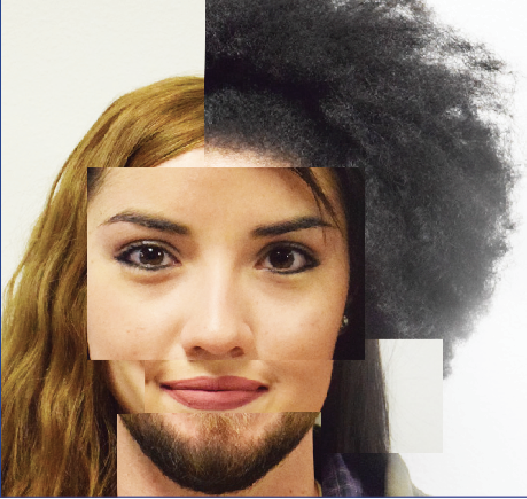
Written by | Alma Bustamante |
With February being Black History Month, the question arises: how diverse is Amarillo College, and what impact does it have on AC students? A committee at AC is working on studying factors related to diversity and how the college can improve on achieving its diversity goals. With those results, college officials will have a better understanding of the topic and will be better prepared to provide the services students need.
The diversity committee is part of the Foundations of Excellence project, which focuses on studying the factors that can impart learning and success among students. AC has evolved from 1951, when the board of regents voted to admit black students, making AC among the first three public institutions of higher education in Texas to admit black students. Now, AC has students from multiple races and ethnicities. We can see Hispanics, Asians, Africans, whites, blacks and native Americans on AC campuses. According to the latest AC enrollment statistics, in 2014, 52 percent of students identified themselves as white, 38 percent Hispanic, 5 percent black, 3 percent Asian, 1 percent American Indian, and 1 percent identified themselves as “other.” Diversity goes beyond ethnicity and race, though. Gender is another factor in the formula.
Nowadays, women are trying to get an education to provide a career and/or learn skills to attain a job that will give more financial stability. In 2014, 61 percent of AC students were female versus 39 percent male. Society no longer can say that women only stay at home and raise children; they contribute with skills that enable them to have careers while planning for a family if they want to. Not only do students fresh out of high school attend college, AC is known to serve primary nontraditional students.
The National Center for Education Statistics defines a nontraditional student as a student with at least one of the following characteristics: does not enroll in college right after high school, attends school part-time, works full-time, is financially independent, has dependents other than a spouse, is a single parent or does not have a high school diploma. While most of the students are 21 years or younger, a significant number of older adults attend AC. Forty-five percent of the students enrolled in 2014 were 21 or older; that was 4,674 out of 10,336 students.
So what is AC doing to accommodate this diverse group of students?
Culture is an essential part of life, and the Presidential Scholars program offers students an opportunity to broaden their horizons. The Presidential Scholars have a chance to travel each year to other countries and learn about other religions, ethnicities and cultures. They went to Lithuania and Poland in January and learned about other people’s day-to-day lives. Lesley Ingham, coordinator of the Honors Program, said it’s a unique experience for the students to travel and learn about other cultures. “In these different countries, the scholars experience eye-opening cultural diversity,” Ingham said. “The food, music, language, nonverbal communication and flow of daily life is very different from our own.”
During spring break, another group of students will travel to London and Paris and learn about life in England and France. Such trips help students learn about the diversity that exists not only on campus but also throughout the world.
Certain classes, such as world religions, offer insight on diversity by teaching about various religions throughout the world. Kristin Edford, humanities program coordinator, said the class is designed to present an objective analysis of what all major religions believe. AC’s clubs also have the potential for exposing students to diversity. Ruth De Anda, an advising associate, started an LGBT club to help bring awareness of the lesbian, gay, bisexual and transgender community.
With people from backgrounds different from your own, “You can learn from other cultures,” said Maria Hernandez, a dental hygiene major. She said she believes it doesn’t matter what each person’s beliefs are, because everyone has a chance to better himself or herself by going to college. Diversity is in each classroom. Diversity is in each conversation a student has with somebody who is different. AC is a place where diversity lets students learn information of which they otherwise would have been unaware.

Leave a Reply